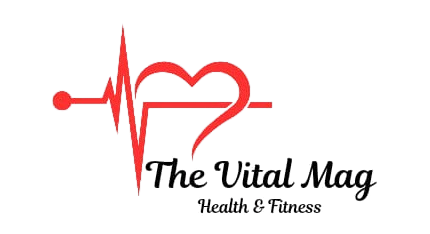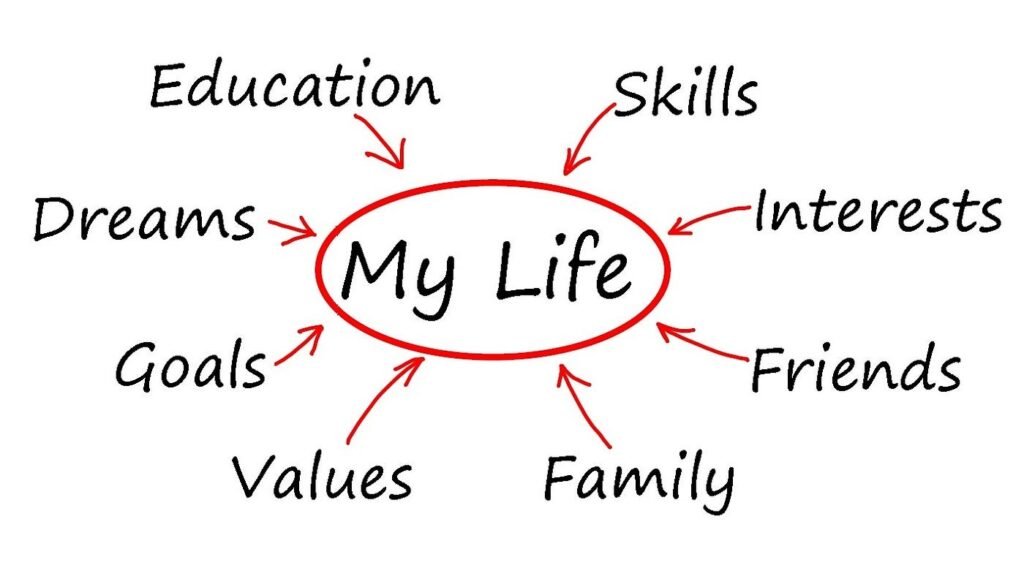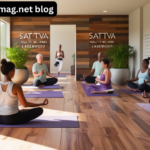Life planning design exercises form useful tools to persons who would want to have a rewarding and purposeful life. They involve introspection and exploration of diverse life possibilities that permit the individual to make informed choices about his or her future.
These activities are not just goal-setting; instead, they are about finding out what you truly are as a person and how you want your life to reflect that. By practicing self-reflection, it is possible for one to evaluate their values and needs thereby creating a personal map towards satisfaction
What are life planning design exercises? These are structured activities aimed at helping you think about your goals and values, thereby guiding you on a more meaningful path through life. Why is self-reflection important in making life decisions? Self-awareness is developed through reflective practices while personal values are revealed leading to improved decision-making capabilities.
Key Points
- Understanding what life design means: Life designing involves consciously deciding how your own future will look like.
- Overview of popular exercises in life planning: The main priority exercise may be mentioned as well as other exercises aiding in setting goals and creating plans.
- Benefits of engaging in a life planning activity: Such activities support personal growth within an individual’s lifespan, bringing greater satisfaction with his/her existence.
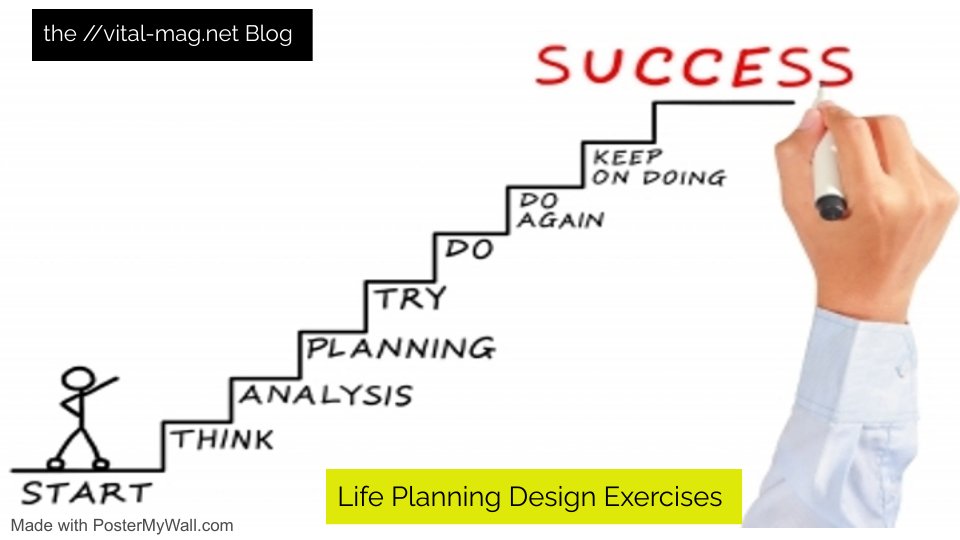
Understanding Life Design
Life design serves as a new paradigm shift that will put you at first to create the life based on your dreams and values.
- Life design: Life design is the intentional process of planning your life by working with items such as your objectives, dreams and measures to fulfill these.
- Historical context and contemporary significance: The idea evolved over time, developing momentum through the lenses of personal development set forth by prominent thought leaders. Life design helps you not only to reflect, but also concretely on how your future can be shaped instead of remaining a pawn in the game. With the consistent change that occurs in this world, it is essential to adapt and live by them.
Self-Reflection Is Key
The answer is to reflect on your experiences, and the impact these have had in life.
- Why Self Reflection Counts in Life Planning: Because through practice of self-awareness you start to know what exactly drives and holds back.
- Greater self-awareness: You cannot make informed decisions if you do not understand what makes yourself. Every so often, take a moment to examine your thoughts and emotions because it can also bring light to certain patterns that need fixing.
- Determines your values:Identifying who you are and what is important to… Viewers helps establish practical goals. When you live your life in a way that is consistent with who are, what matters to you and how you see yourself, this makes it more likely for authentic fulfillment.
The Odyssey Plan
The Odyssey Plan is a creative exercise utilized to explore potential future paths in a structured way.
- Introduction to the Odyssey Plan exercise:This activity prompts you to envision three alternate life paths you could take over the next five years.
- Creating three alternative life paths: For each path, imagine different scenarios based on various choices you could make. This encourages dreaming big while maintaining a sense of practicality.
- Exploring pros and cons of each path: Analyzing the advantages and disadvantages of each alternate life path will help clarify which direction resonates most with you.
Lifestyle Design Exercise: Questioning Your Choices
Asking the right questions can lead to greater clarity about what you want in life.
- What do I want to do?: This question helps you explore your passions and interests, pinpointing activities that bring you joy.
- What do I want to have?: Consider both material possessions and emotional well-being. This reflection will guide your goal-setting process.
What do I want to be This question explores your identity and character.Defining who you want to become will inform your actions moving forward.
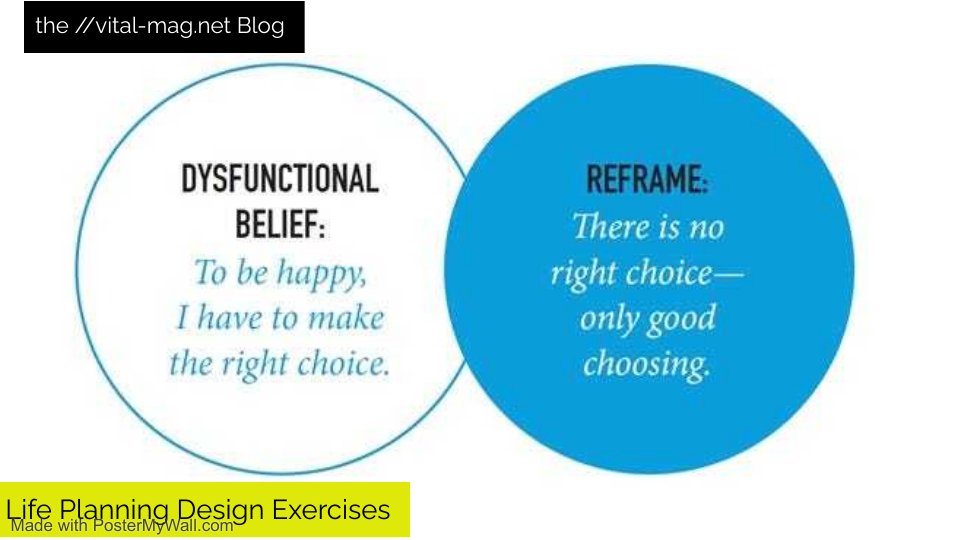
Identifying Problems in Your Life
Recognizing challenges is essential for effective life planning.
- List open-ended problem questions: Formulate questions like, “What barriers do I face in pursuing my goals?” Such inquiries open the door for deeper exploration.
- Classifying problems into categories: Organize challenges into personal, professional, and relational issues. This helps prioritize which challenges to tackle first.
Collecting Data on Life Problems
Gathering data can provide valuable insights into the challenges you face.
- Keeping a daily log: Document your thoughts and feelings regularly. This practice aids in self-assessment and highlights recurring patterns.
- Analyzing patterns in behavior and satisfaction: Review your log to discern trends that can inform your decision-making. Understanding what influences your happiness or dissatisfaction is vital for making adjustments.
Generating Multiple Solutions
Brainstorming a variety of solutions enhances the likelihood of finding effective strategies.
- Using mind mapping techniques: Create visual maps of your thoughts and ideas. This technique encourages creativity and helps you see connections between concepts.
- Encouraging creative thinking without judgment: Allow yourself to express ideas freely. This is a space for exploration, not evaluation, which fosters innovation.
Developing Long-Term Solutions
Crafting actionable plans is the backbone of effective life planning.
- Write three long-term solutions based on insights: Use your self-assessment to develop clear, actionable steps aimed at achieving your goals.
- Evaluating the feasibility of each plan: Consider available resources and time commitments. This assessment will help you determine which plans are realistic and worth pursuing.
Commitment to a Decision
Making decisive choices is essential for growth and progress.
- Making a decisive choice: After evaluating your options, commit to a path forward. This action sets the stage for tangible results in your life.
- Testing potential solutions in real life: Implement your chosen plans on a small scale to gauge their effectiveness.
- Reflecting on the outcomes of each choice: Assess the results of your decisions. Understanding what works helps refine future strategies.
Examples of Life Planning Exercises
Incorporating various exercises from established frameworks can enhance your life planning process.
- Summary of exercises from Designing Your Life:This book offers a wealth of practical exercises that provoke self-exploration.
- Detailed examples and their intended outcomes:Exercises such as the Lifeview and Workview reflections help clarify personal desires and professional ambitions.
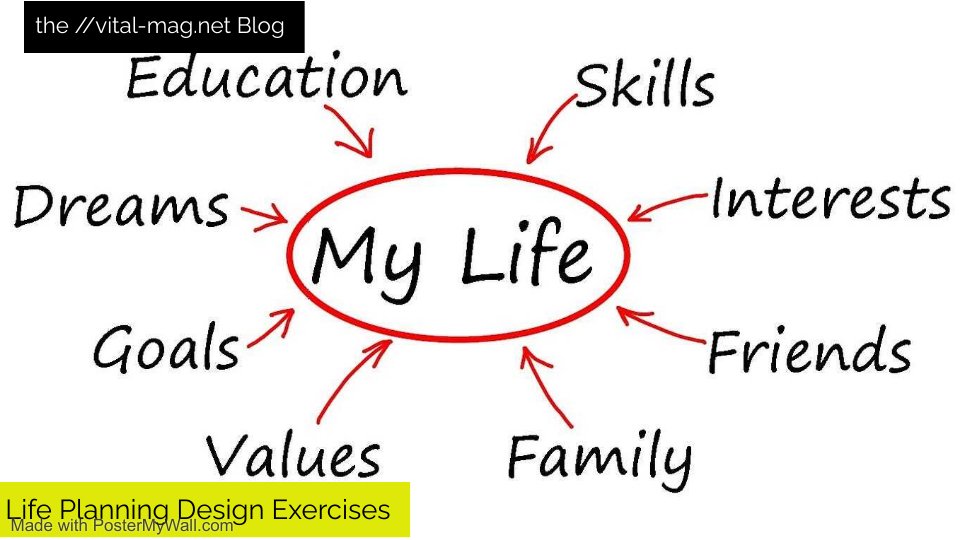
How to Implement Life Planning Exercises
Integrating life planning exercises into your routine is essential for sustained growth.
- Setting goals and timelines: Specify what you want to achieve and when. Goals should be SMART—Specific, Measurable, Achievable, Relevant, and Time-bound.
- Creating accountability systems: Share your objectives with someone you trust or join a group. This support enhances your commitment to follow through.
The Role of Support Systems
Community and mentorship can significantly enhance your life design process.
- Engaging with others for feedback:Sharing your journey with others allows for valuable insights and different perspectives that can enhance your planning.
- Finding mentors in life design: Connecting with those who have experience in life planning can provide guidance, motivation, and constructive feedback.
Revisiting and Revising Your Plans
Regularly updating your plans is crucial for continued progress.
The necessity of periodic review
- Adjusting life plans based on evolving circumstances: Life is dynamic, and so should be your plans. Periodic reviews help keep your path aligned with your current situation and aspirations.
- Embracing flexibility in life design:Being open to change allows for course correction. As you learn from new experiences, adapting your plans reflects growth.
Overcoming Common Barriers to Life Design
Identifying and addressing barriers to planning can facilitate progress.
Identifying challenges faced during exercises:
- Fear of failure and indecision: These emotions can hinder decision-making. Recognizing them as part of the process can ease your path forward.
- Strategies to confront and overcome these barriers: Techniques such as mindfulness and positive affirmation can shift your perspective and motivate action.
Also Read : HOW TO USE A WEIGHT BENCH EXERCISE
FAQs
- What are life planning design exercises?
- Life planning design exercises are structured activities that encourage individuals to reflect on their goals, values, and choices, facilitating the creation of a more intentional life path.
- How can I start my life planning journey?
- Begin by identifying what you truly want to do, have, and be. Utilize exercises like the Odyssey Plan to envision different life scenarios and outline your ambitions.
- Are these exercises suitable for everyone?
- Yes, regardless of age or stage in life, these exercises can be beneficial for anyone seeking clarity and fulfillment in their personal and professional lives.
Conclusion
Life planning design exercises offer valuable frameworks for individuals seeking to construct a more meaningful existence. Engaging in these exercises enhances self-awareness, clarifies goals, and crafts actionable plans for the future. By committing to a structured approach to life planning, you empower yourself to achieve your aspirations, resulting in greater life satisfaction and emotional well-being. Embracing this process is not just about setting goals; it’s about embarking on a journey of purpose discovery and intentional living.
